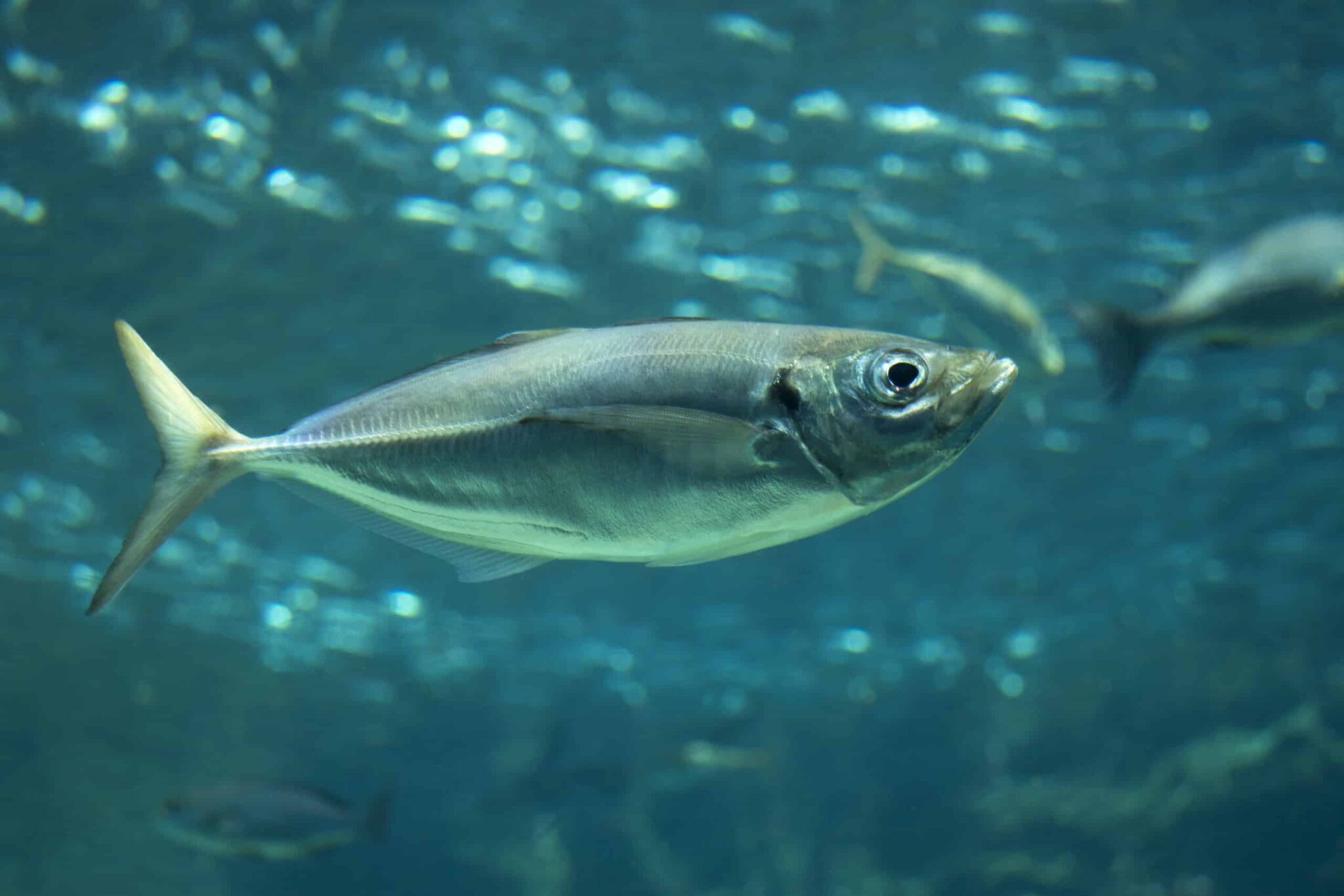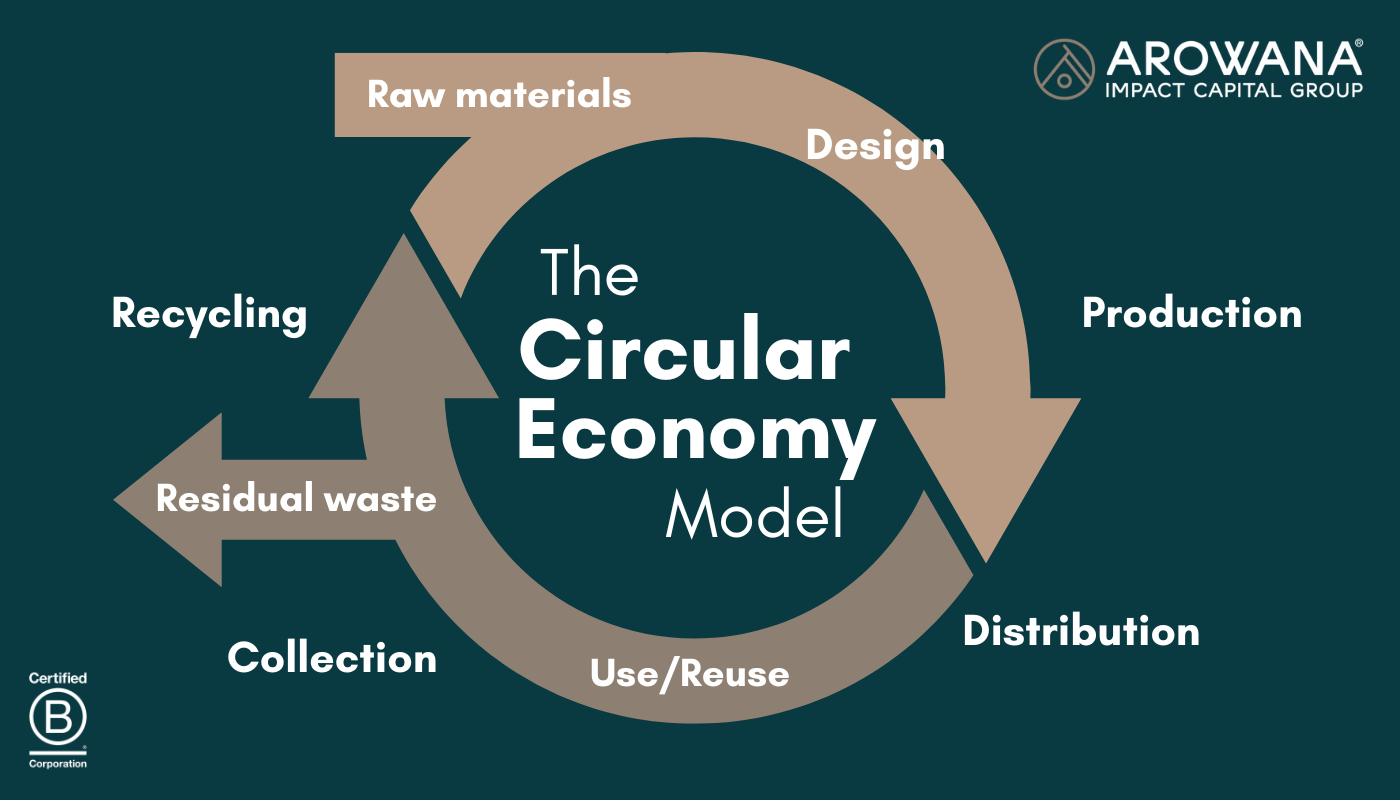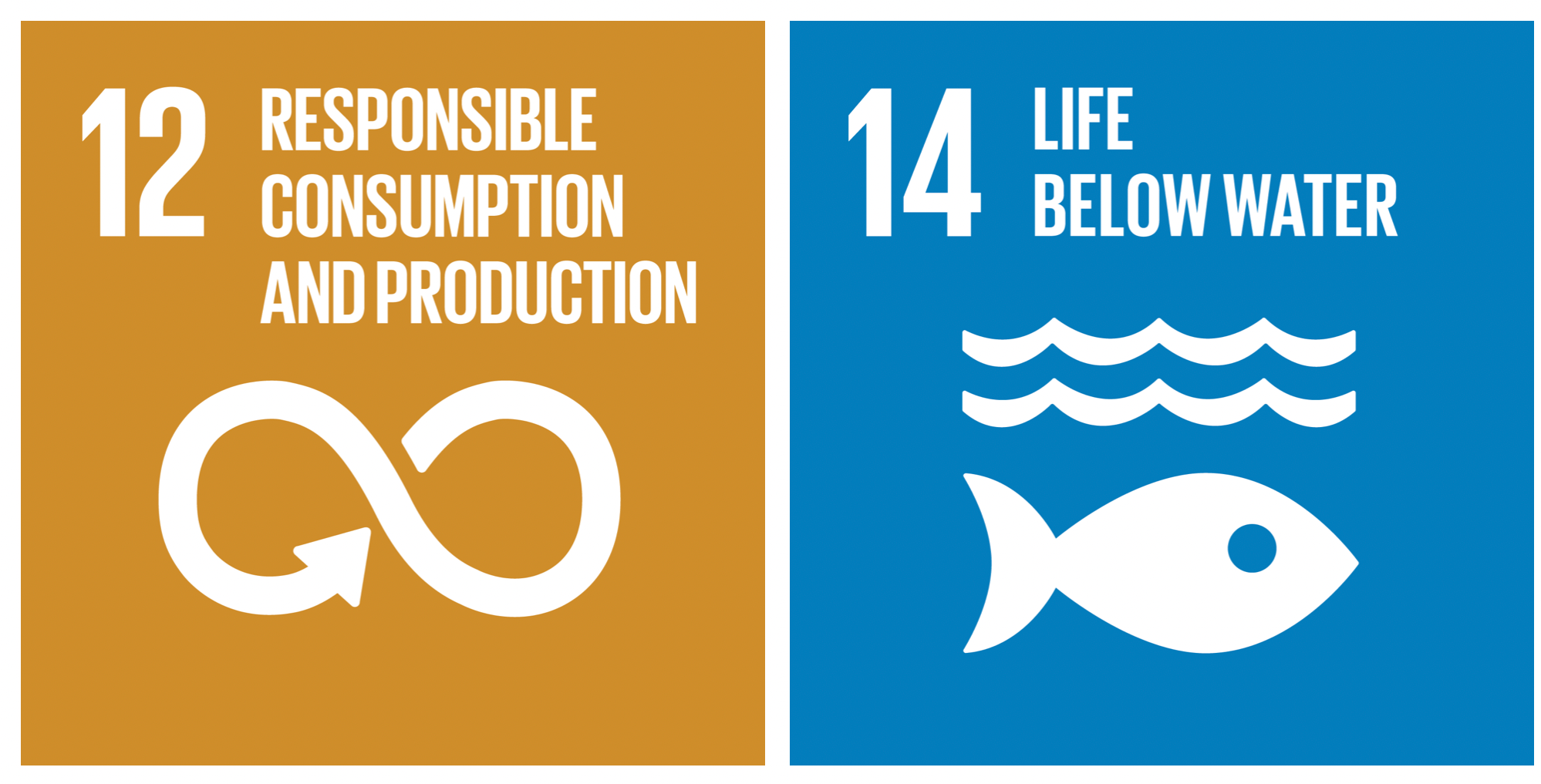Oceans of Energy is developing offshore solar farms with a 1km2 standard format size, that can host an installed capacity of 150-200 MW, designed to last 25 years at sea. This is a considerable time for an area of the sea to be partly shielded from solar radiation. From the conceptual phase of the interconnected floating array design, we have considered the importance of sunlight to be able to funnel down into the water column to allow enough sunlight for photosynthetic organisms to function as they should. This goes for organisms living in the water column (phytoplankton), attached to floaters (seaweed) and at the seabed (e.g. seagrass). Our farms are intentionally designed with large gaps in between each individual floater to let light through into the water column and support essential life processes, whilst mitigating any risk of marine mammals colliding or getting stuck.
Eco-Friendly Offshore Solar:
Built to Last, Designed for the Planet
Nature Friendly Design
Throughout our design process, more intentional choices have been made to consider the relationship between our floating farm and the environment. Between 2017 and 2023, extensive testing with different antifouling compounds was performed to assess (a) how effective they would be at preventing marine growth on the bottom of floaters and (b) the potential effects on the attached community structure of marine organisms. Together with Wageningen Marine Research, we started to research the communities found on the first floating farm in the North Sea, and last year the results were published (Mavraki et al. 2023). We observed that the marine growth community on floater undersides was representative of a typical North Sea community, with over 70 different species found! During these first years testing offshore, we noticed that various fish species were attracted to the floaters that were not coated with antifouling. In a study using eDNA (a method of discovering species present from traces of their DNA left in the water), we revealed the presence of horse mackerel, a species that is not usually found in the area. Based on these findings, we decided to eliminate antifouling from our system, allowing the farm to act as a floating reef and support the attachment of diverse flora and fauna.
Our engineers went back to the drawing board and made sure the design was able to carry the anticipated extra wet weight of marine organisms that will call the solar farm their home over the course of 25 years. Aside from the omission of antifouling, the paints and corrosion protectant used on the various system components are nontoxic to marine life. At OOE, we want our systems to be a positive addition to the environment and consider wildlife attachment a plus!
Recycled & Repurposed Materials
In our early design choices, we decided to work with recycled plastics and metals. Now, in our 9th year, 95% of our floater materials are repurposed or made from recycled materials. When an offshore solar farm is decommissioned, it can be disassembled and its materials returned to suppliers for recycling and repurposing, reusing the raw material for new components, supporting a circular economy. By prioritizing the reuse and recycling of components, we aim to minimize resource consumption and waste generation, thereby reducing the environmental impact of offshore solar energy and advancing supply chain decarbonization.
Nature-friendly design bonus!
Offshore, the solar farms provide a convenient resting place for the larger marine predators. On our North Sea installations, grey and harbor seals have been spotted sunbathing and relaxing on the edges of the farm. Oceans of Energy’s solar farms provide not only a great place to rest in a vast expanse of sea, but also a potential food supply in the form of fish that gather underneath.


